|
Market Harborough Art Club |
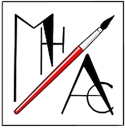
|
|
Market Harborough Art Club |

|
Journal
|
|
|
12-10-2024
Annual Exhibition 2024 |
|
Our annual exhibition took place on the 12th-13th October. The committee did an excellent job hanging all the exhibits in the theatre lounge. The volunteers who helped on the door and in the kitchen did a fantastic job. The Saturday was very busy and endless cups of tea and coffee were poured out to go with the amazing homemade cakes. Sunday saw noticeably fewer visitors but this was the day that had the best sales. Overall four exhibits from the main exhibition were sold and eleven unframed works. After Sally, our club treasurer, had totted up it showed we had made a slightly larger profit than last year. Well done to everyone who took part, now to start painting ready for next year!!!! |


|


|


|


|


|


|


|


|


|


|
|
|
|
7-10-2024
Art Club meeting Monday 7th October Painting Trees |
|
We had a really good turnout for our meeting this month, spare chairs were needed again. Our chairman welcomed everyone to the meeting and announced that we could paint, draw, use any medium and any subject as long as it was trees! As usual the room went very quiet as we all settled down and concentrated. After the tea break things lightened up and there was a lot of chatting going on, which is always lovely to hear. Most members didn’t finish their pictures as you can see from the selection shown. Can I just say, it is perfectly ok to make a start on your picture before you come to the meeting, even if it’s an outline sketch. The next event this month is our annual exhibition. Good luck to everyone entering on the 12th and 13th October.
|


|


|
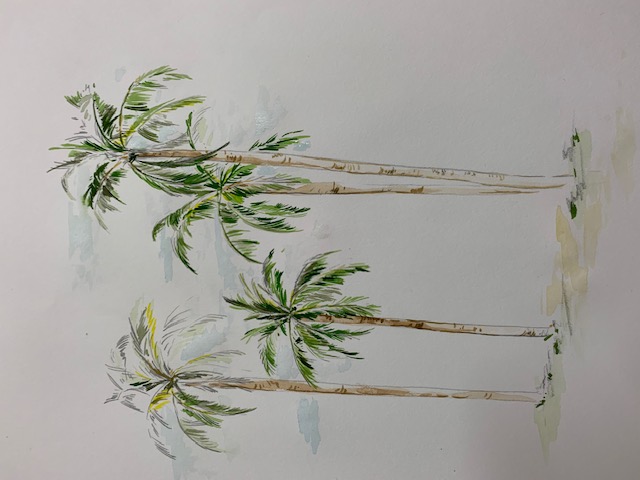
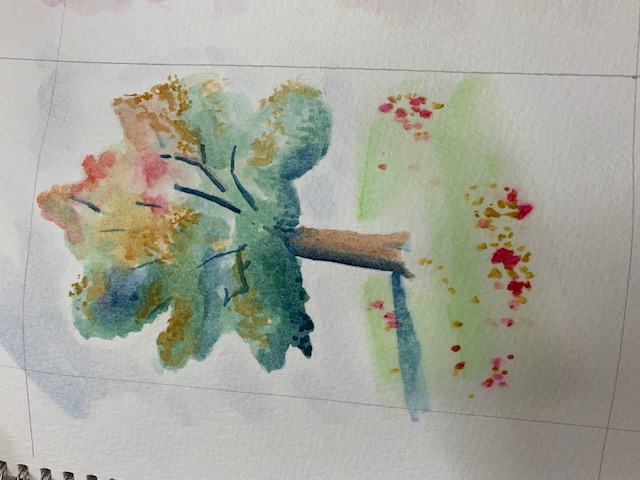
|
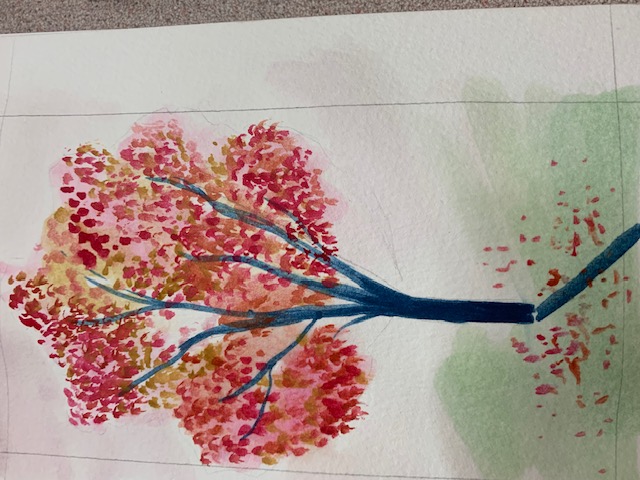
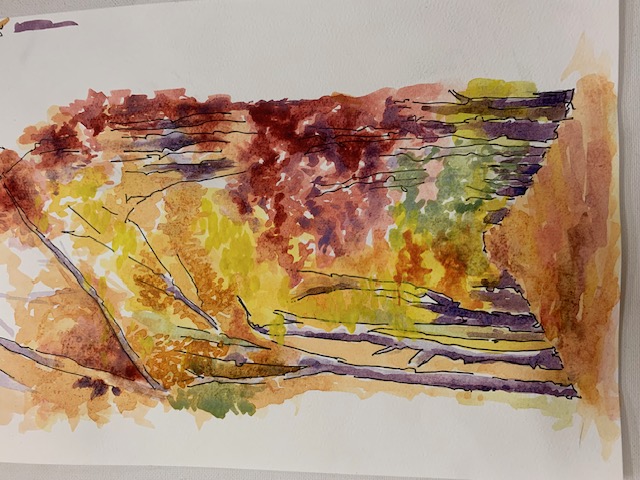
|
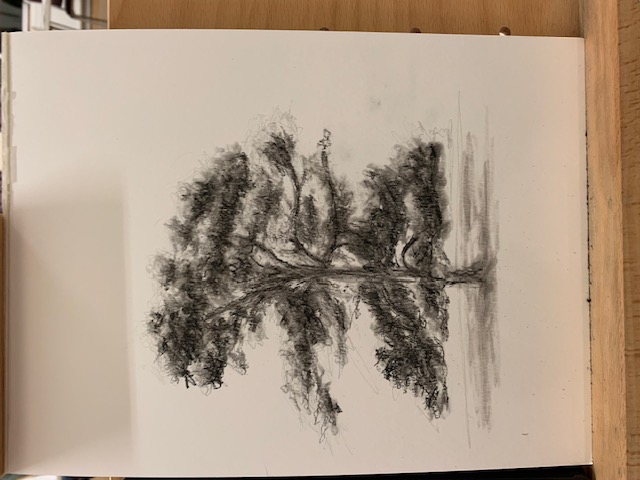

|
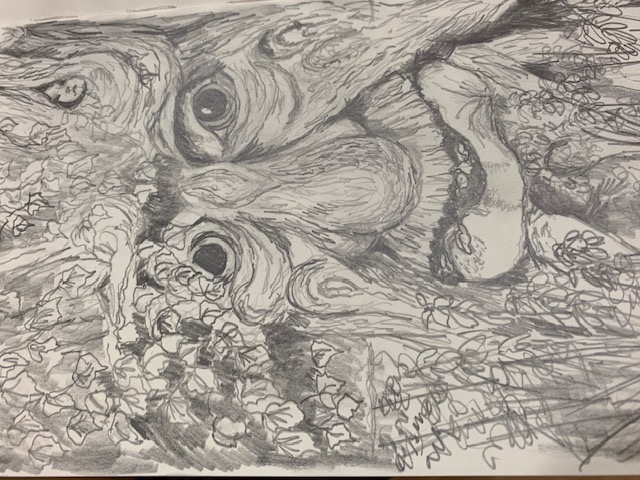
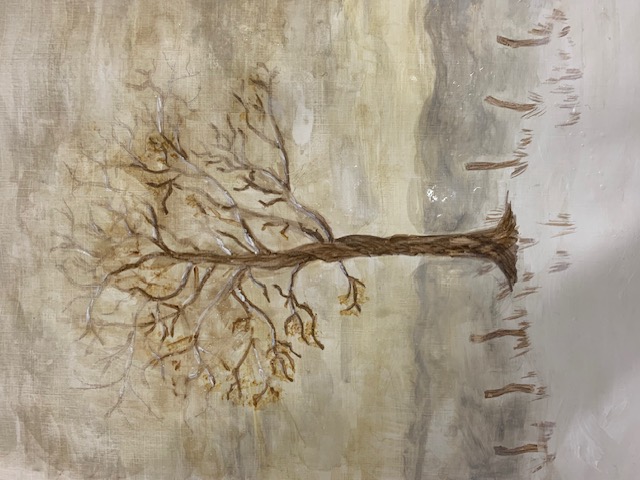
|
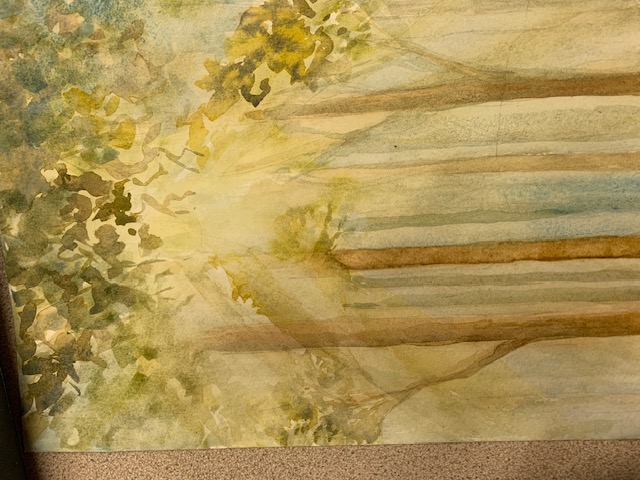
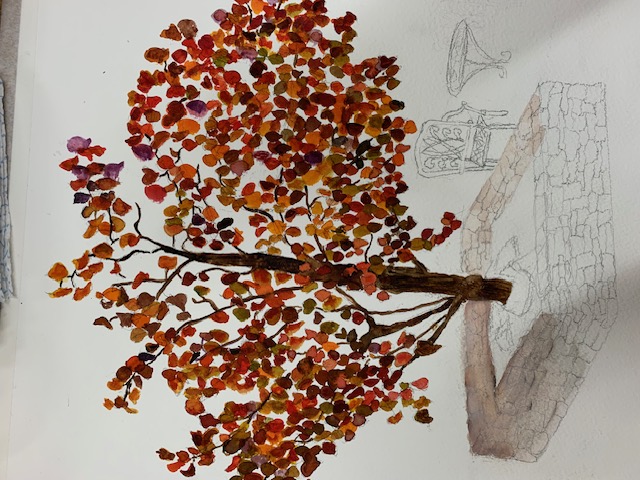
|
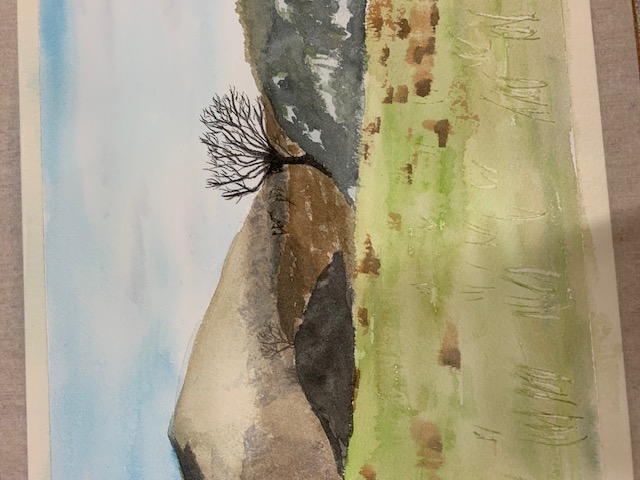
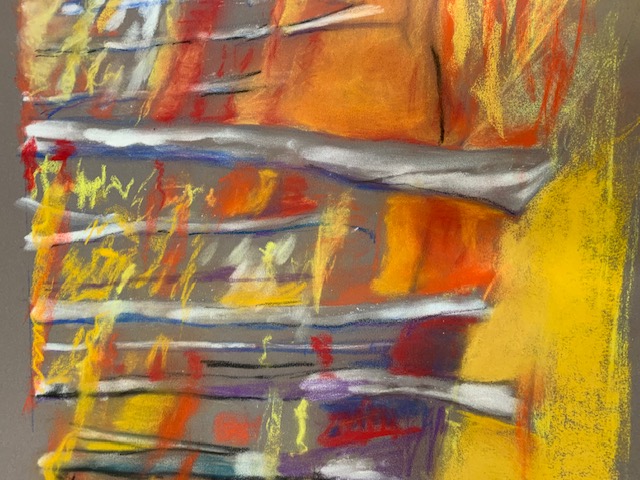
|
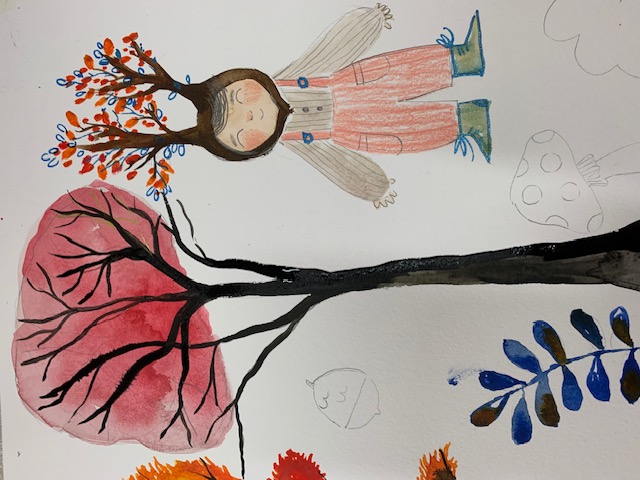
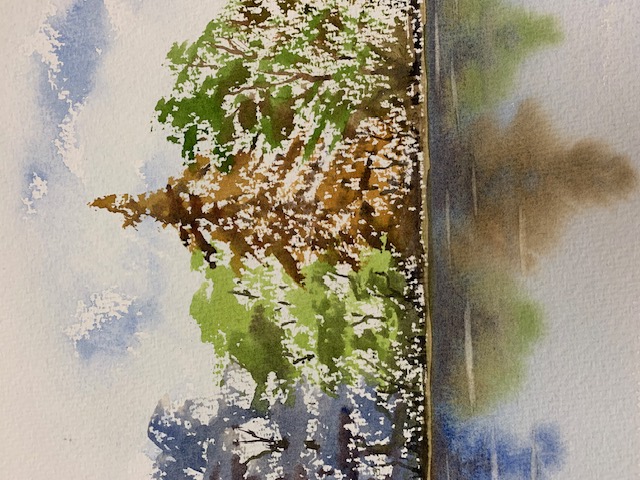
|
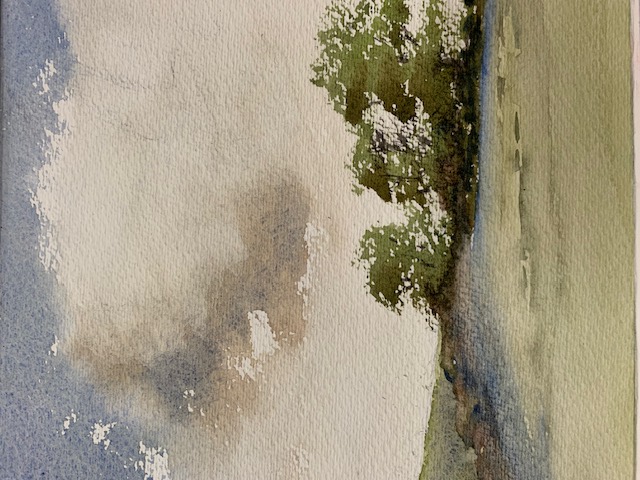
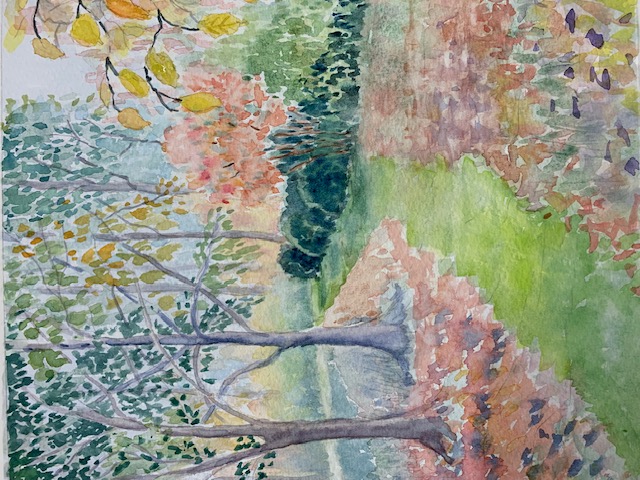
|
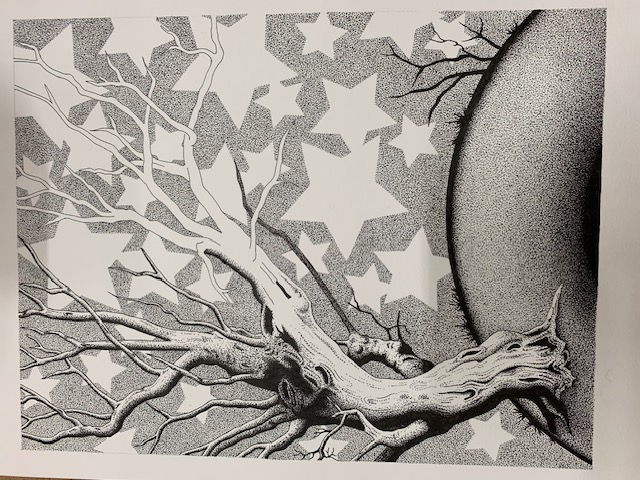
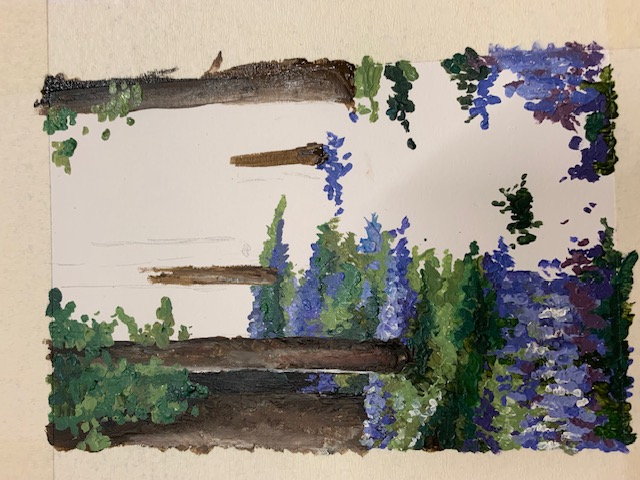
|
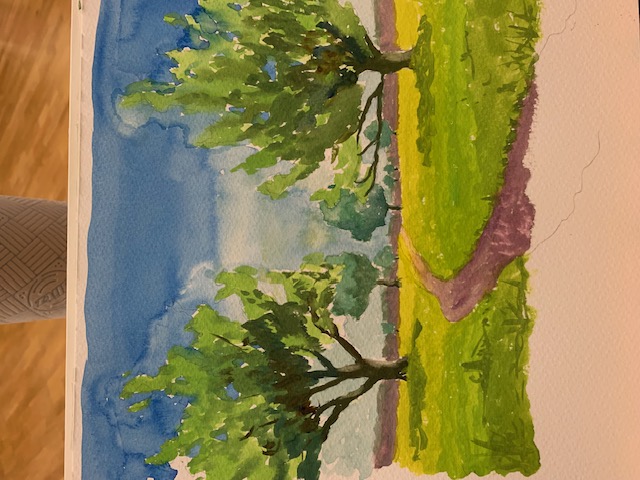
|
|
|
|
13-5-2024
Art Club meeting Monday 2nd September A5 Artwork for Exhibition |
|
|
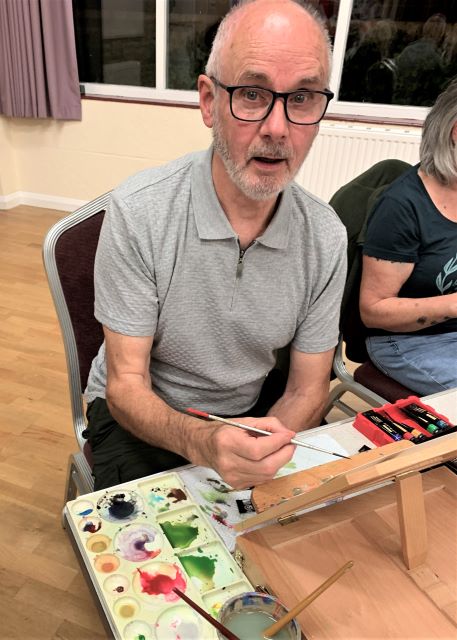
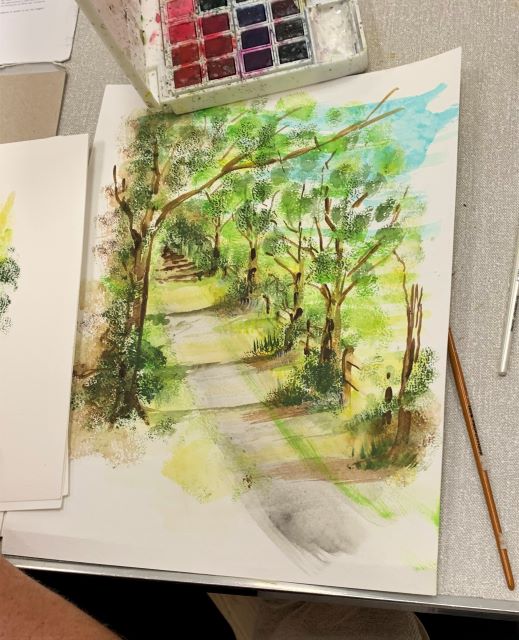
|
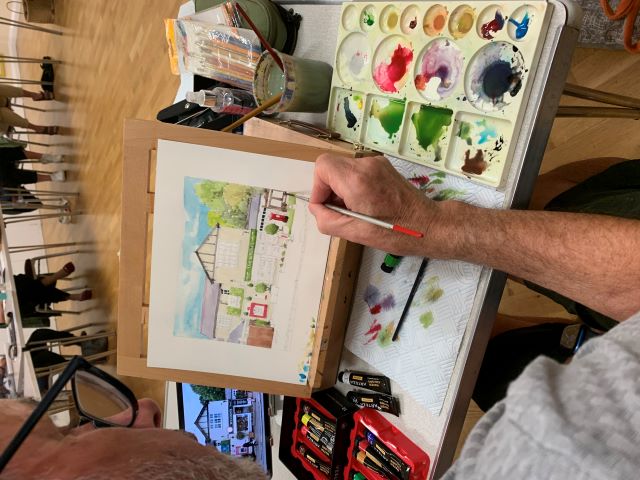
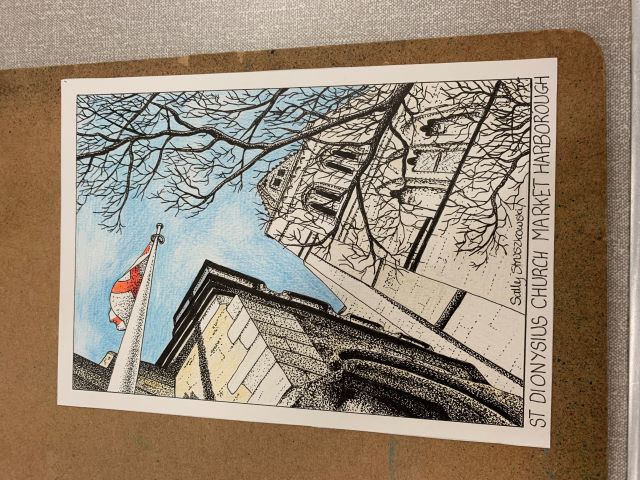
|
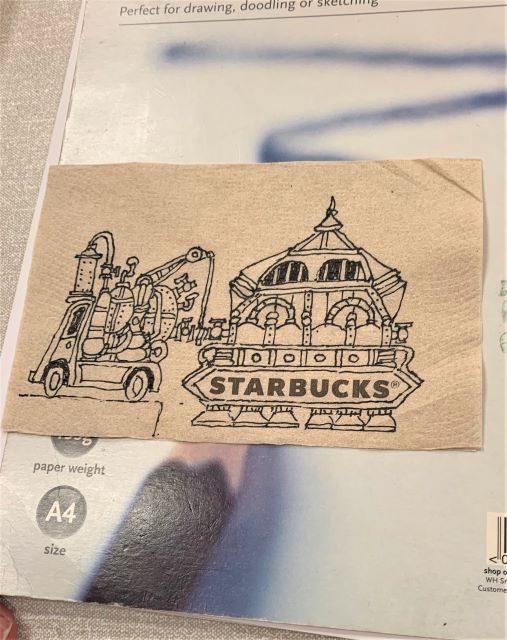
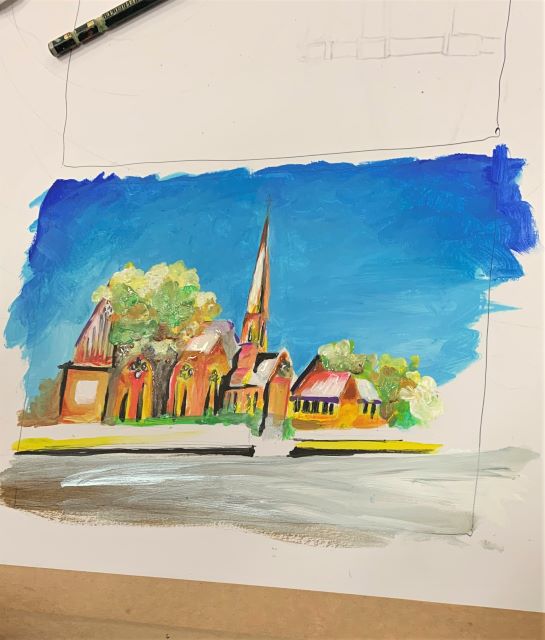
|

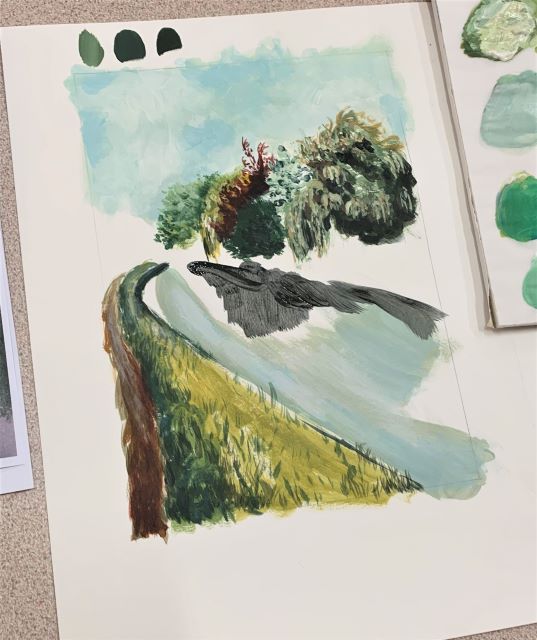
|
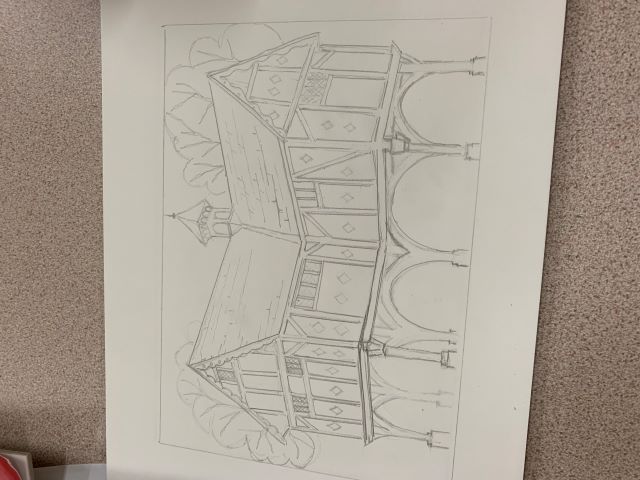

|
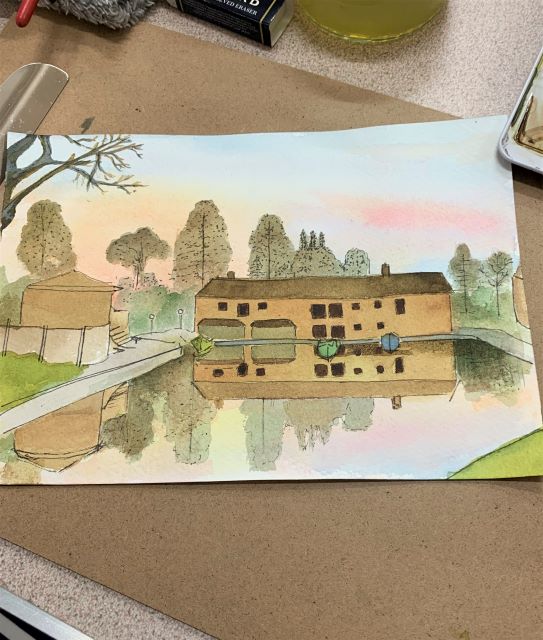

|
|
|
|
13-5-2024
Art Club meeting Monday 5th August Maxine Dodd. Speed drawing |

|
|
Maxine came all prepared to give a talk and demonstration using her laptop and screen. Unfortunately no one could get it to work but she did a wonderful job ‘winging it’.
She started by telling us that she went to the Liverpool School of Art in the 1980’s doing the usual subjects such as landscapes etc. Then inspired by her love of sport and a wonderful library she became interested in the movement of figures and animals.
One particular favourite of hers was ‘Liberty Leading the People’ by Eugene Delacroix.
A wonderful action packed scene of a revolution in Paris. He famously quoted ‘sketching a man jumping out of a window before he hits the ground’ is easy!
Horses and riders painted by Edgar Degas had that same sense of movement. He probably did quick sketches and finished the painting in the studio.
In 2010 she was approached by a dancer from Oaklands (a college with a range of special educational needs) regarding a project where dancing helped pupils with communication skills.
No cameras were allowed so Maxine did a lot of very quick sketches capturing the spirit and the movement. She found this very rewarding and made two paintings from her drawings.
Another favourite is to speed draw images from the television, especially the Tour de France.
She regularly captures the play from a nearby cricket pitch and her latest work is all about the Olympics.
She showed us three large sheets of studies done this week of Divers, Kayaks and Gymnasts using water soluble wax crayons.
|
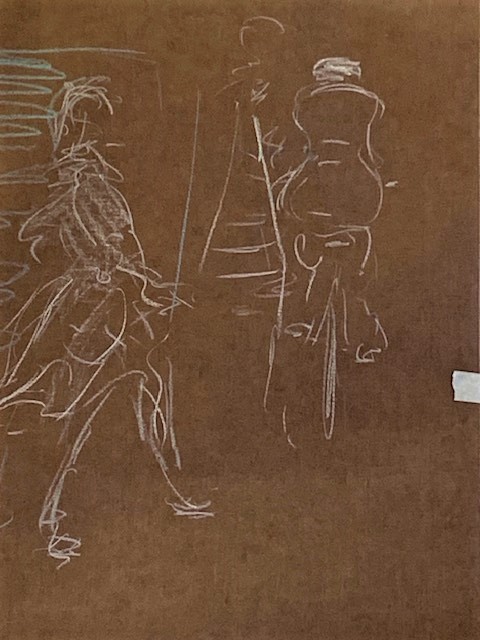
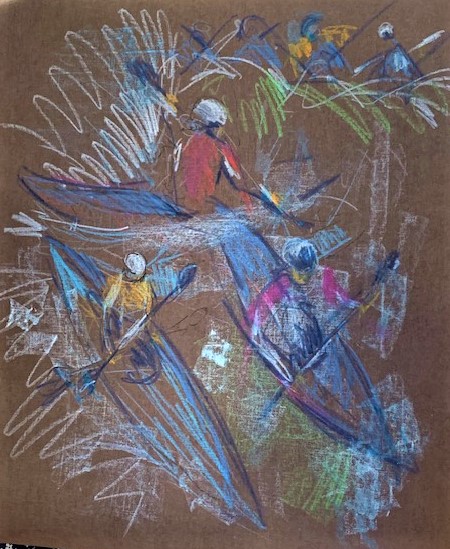
|
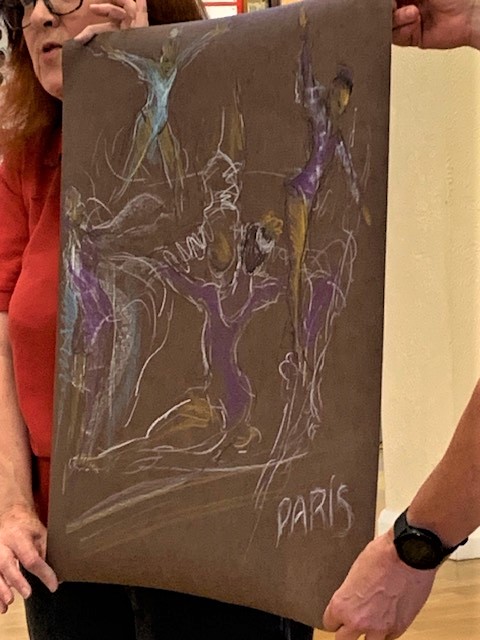
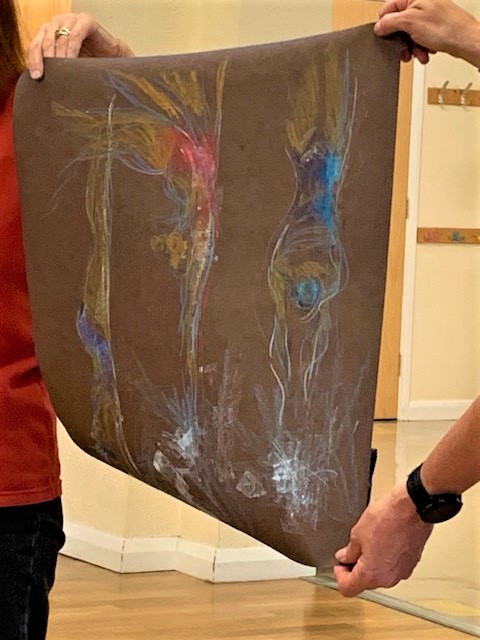
|
|
|
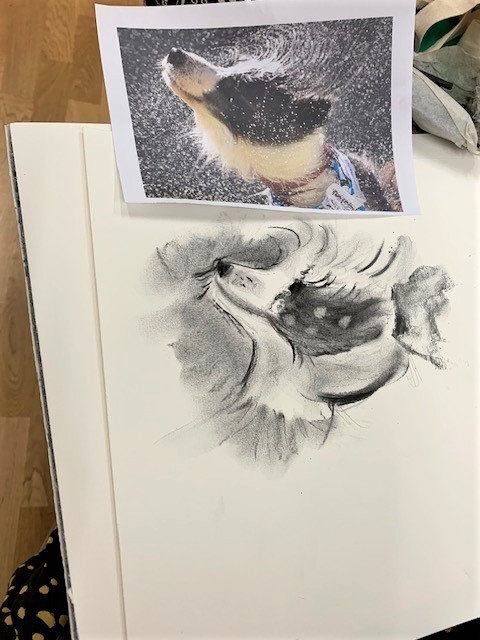
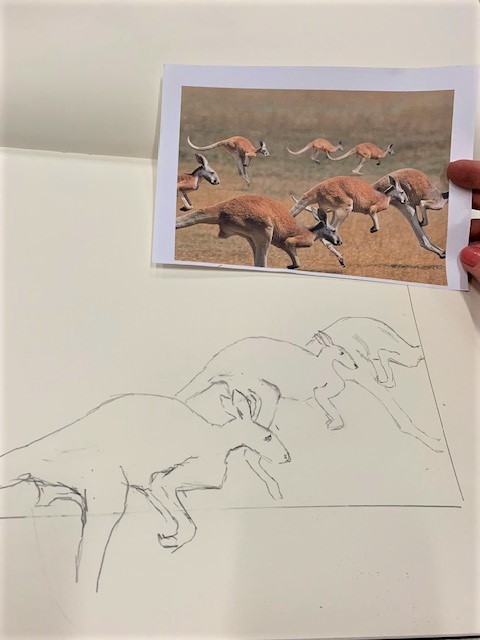
|
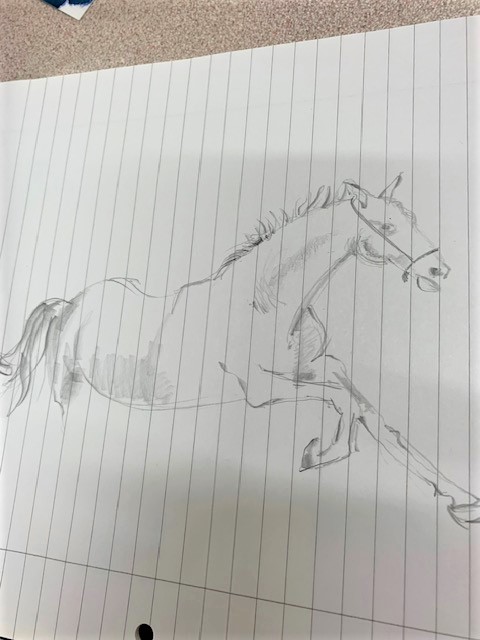

|
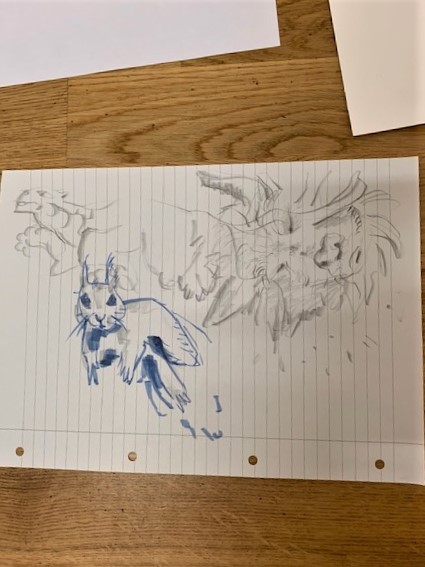
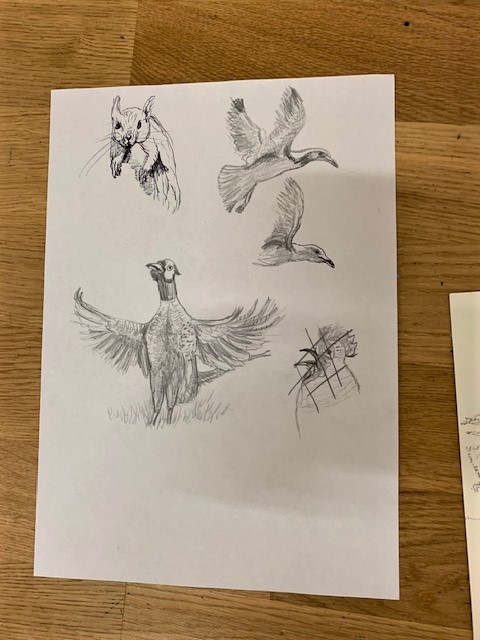
|
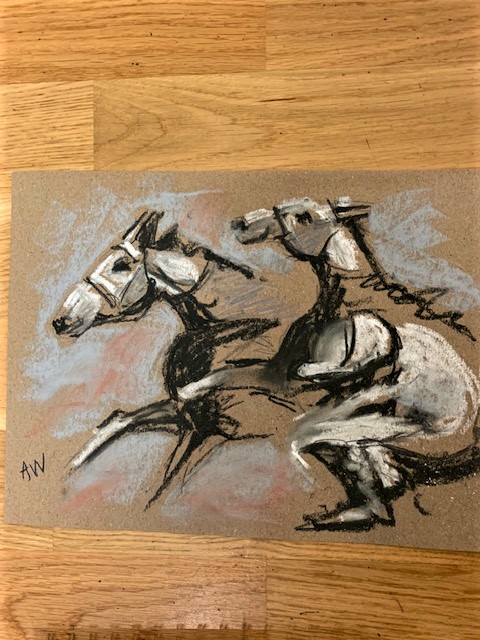
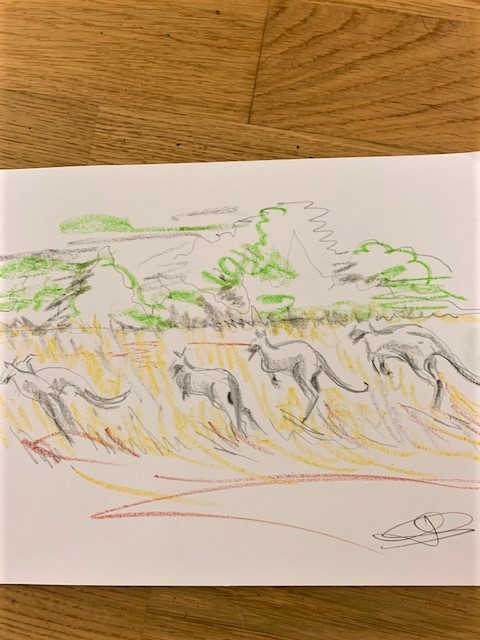

|
|
|
|
|
|
13-5-2024
Art Club meeting on Monday June 3rd 2024 Glen Badham - Acrylic demonstration |


|
|
Looking very much the part in a paint splattered boiler suit, Glen took us through the process of creating an urban landscape.
First he talked about the advantages of using acrylics, mainly how quickly it dries compared to oils, meaning any mistakes can soon be painted over.
He usually starts a painting using glazes, the paint thinned down with water. This needn’t be the most expensive acrylic on the market at this stage but the better quality paints contain more pigments.
He started with a yellow glaze as a lot of light comes through the scene. Then red lines to determine the perspective lines for the top of the building and the windows.
Next he put in the blue sky using cerulean blue. To balance the picture he put in a wide vertical line of blue through the foreground and a streak on the right hand side.
( He explained that the impressionists balanced colours with warm and cool shades to create light.
Years later Bauhaus artist and teacher Johannes Itten talked of balancing a picture by using the primary colours red, yellow and blue)
Having finished the glazes Glen started defining the windows and figures, on the right of the picture, in shades of orange and brown. A small highlight of white brought them to life.
|

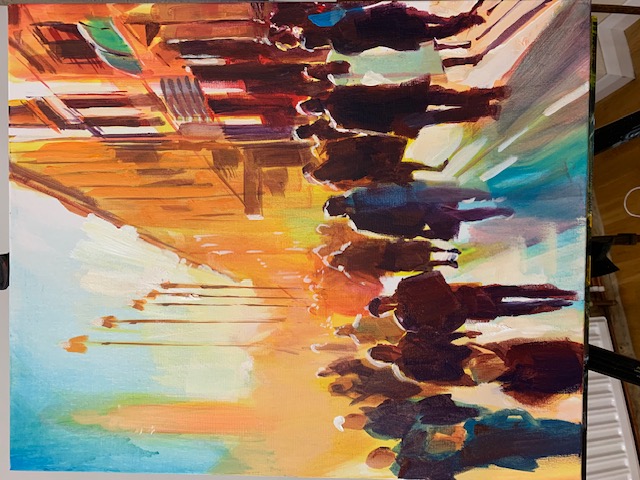
|
|
Moving on he put in the street lights by putting paint onto the hard edge of a plastic case and pressing it onto the canvas giving a quick, clean line. He said ideally you should use a ruler but he’d forgotten to bring his along!
With time running out Glen put in the tower on the left and blended the colour downwards. In front of this he deftly painted the foreground figures then behind them some simple, smaller figures.
To bring the people to life he added shadows and darker shading.
To finish he added more highlights on heads and shoulders then exaggerated the light streaming between the figures.
A stunning piece of work in less than two hours with so many helpful ideas and tips along the way.
Thank you so much Glen for an inspiring performance. |
|
|
|
13-5-2024 Art club meeting on Monday May 13th Kay Andrews - Castles and Roses |
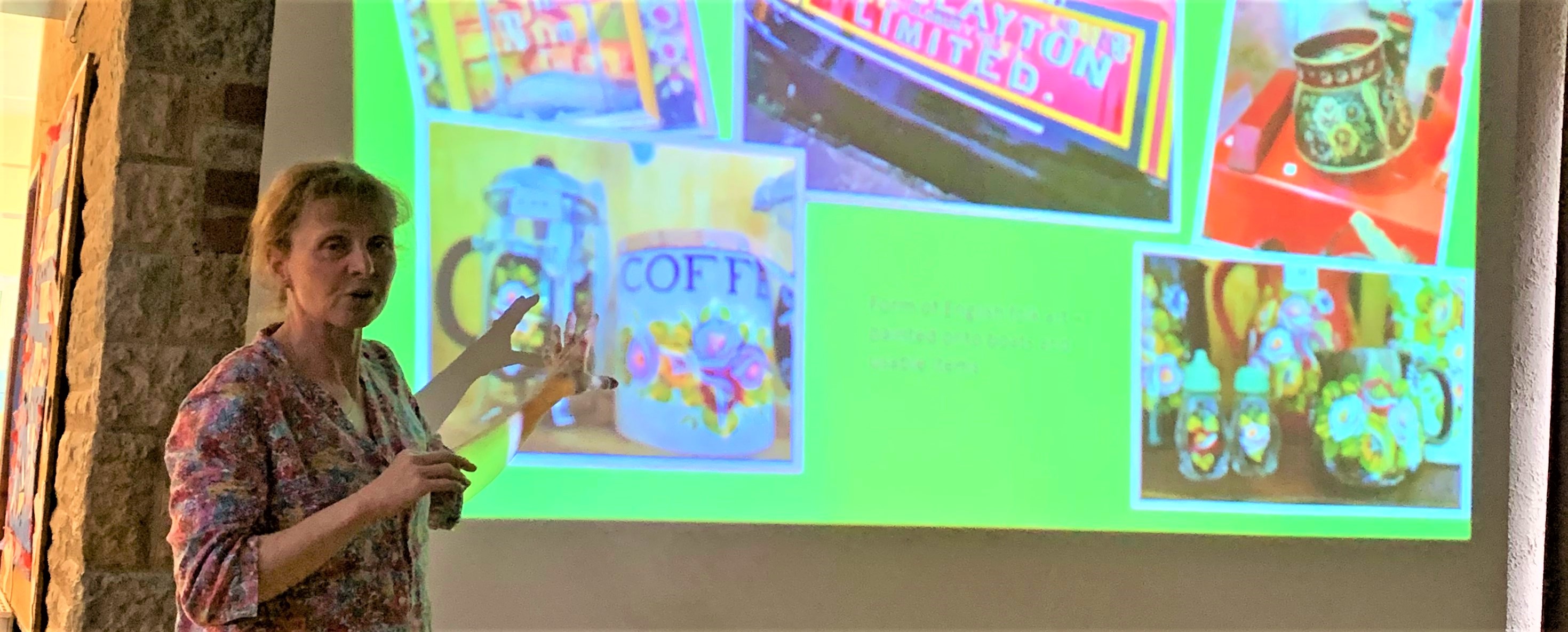
|
|
The history.
Kay told us she had been an academic historian until 2016, when on a whim she bought a 32 foot narrow boat.
She learnt to paint canal art and now sells her wares from her boat as a roving trader.
In her opinion she considers canal art to be ‘Folk art painted on something of use’ and she is carrying on the tradition. Not all canal people agree with this she said with a wink.
The first record of canal art was in a weekly journal called Household Words (edited by Charles Dickens) in 1858.
In it John Hollingshead writes of his journey along the canals. He describes the castles and roses painted on the boats as bright and garish in red, yellow and blue, like a cheap tea tray!
As the journal wasn’t illustrated and no items survived from that date, no one really knows what he saw but he obviously wasn’t impressed.
Work from the 1800’s to early 1900’s showed a wide variety of flowers, unlike today.
The items in museums from this period show the flowers painted in regular panels.
It isn’t clear where the influences came from but possibly from the early designs by Spode for castles and water and Wedgewood for roses.
Moving on to the 1950’s things changed again to a more natural, realistic approach to the roses. This style is referred to as ‘Knobsticks’.
After the 50’s each boatyard had its own distinctive style, less realistic and quicker to paint. The work was never signed but some of the artists had their own particular way of painting roses and castles that makes them still recognisable today.
. |
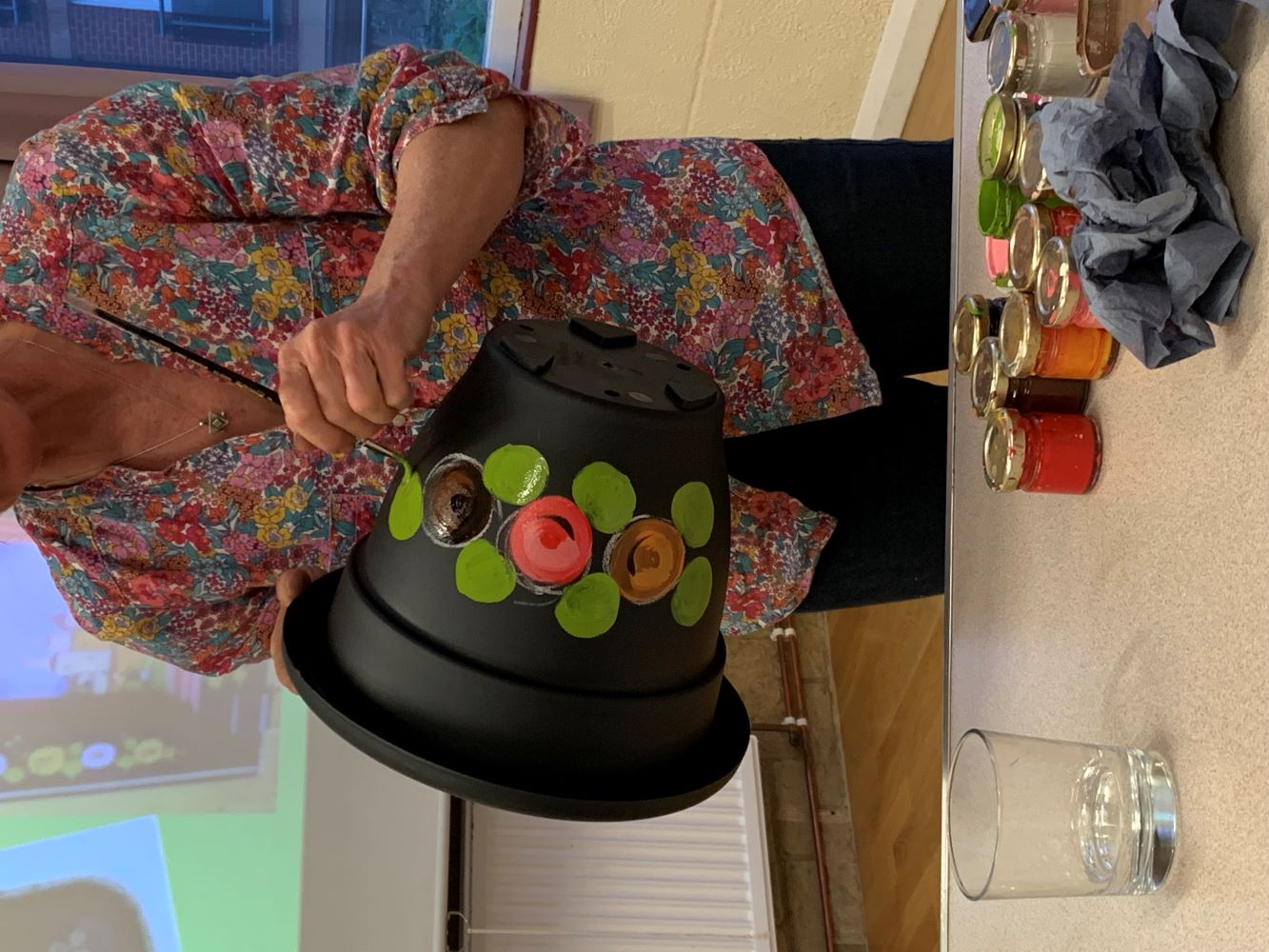
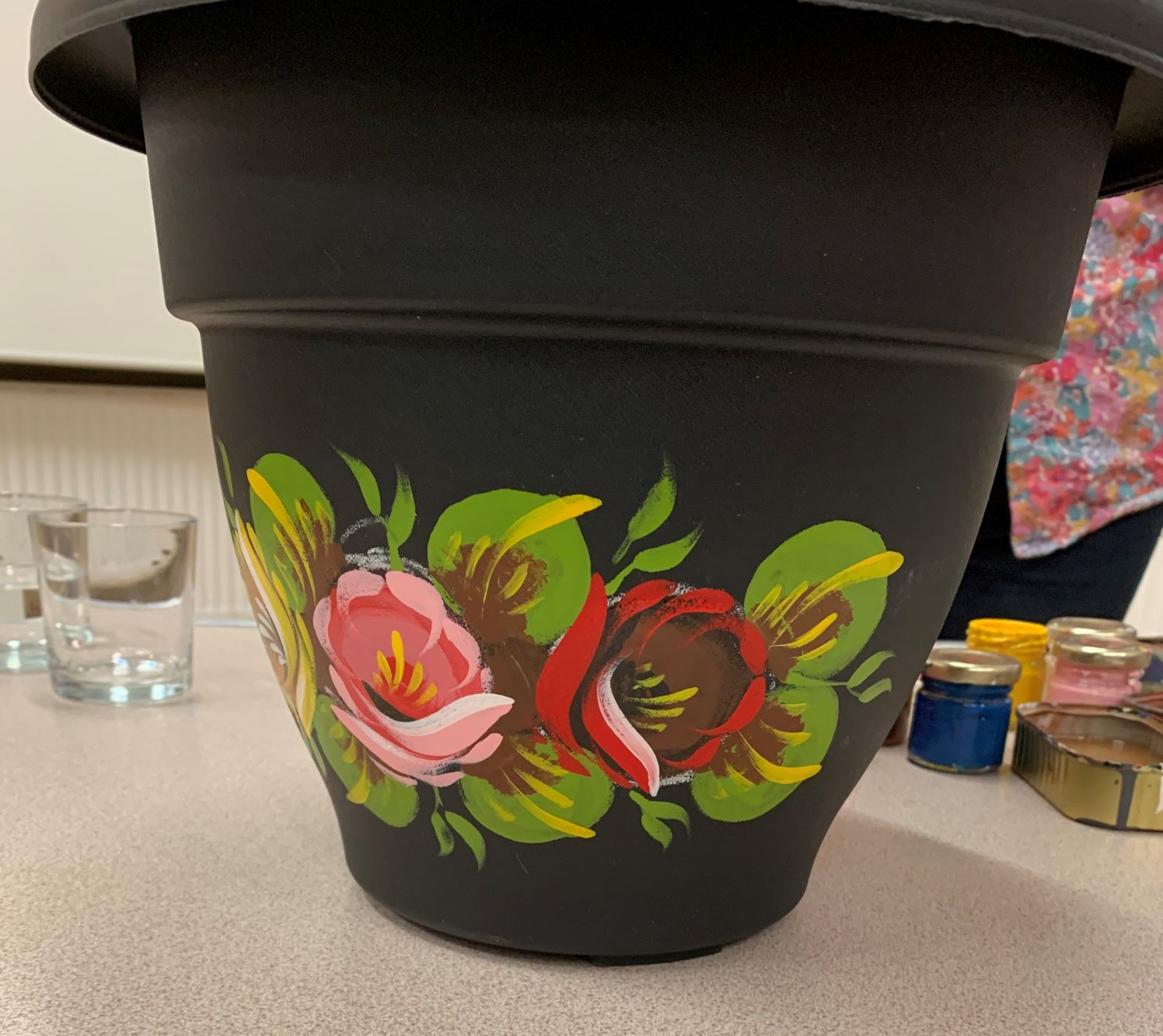
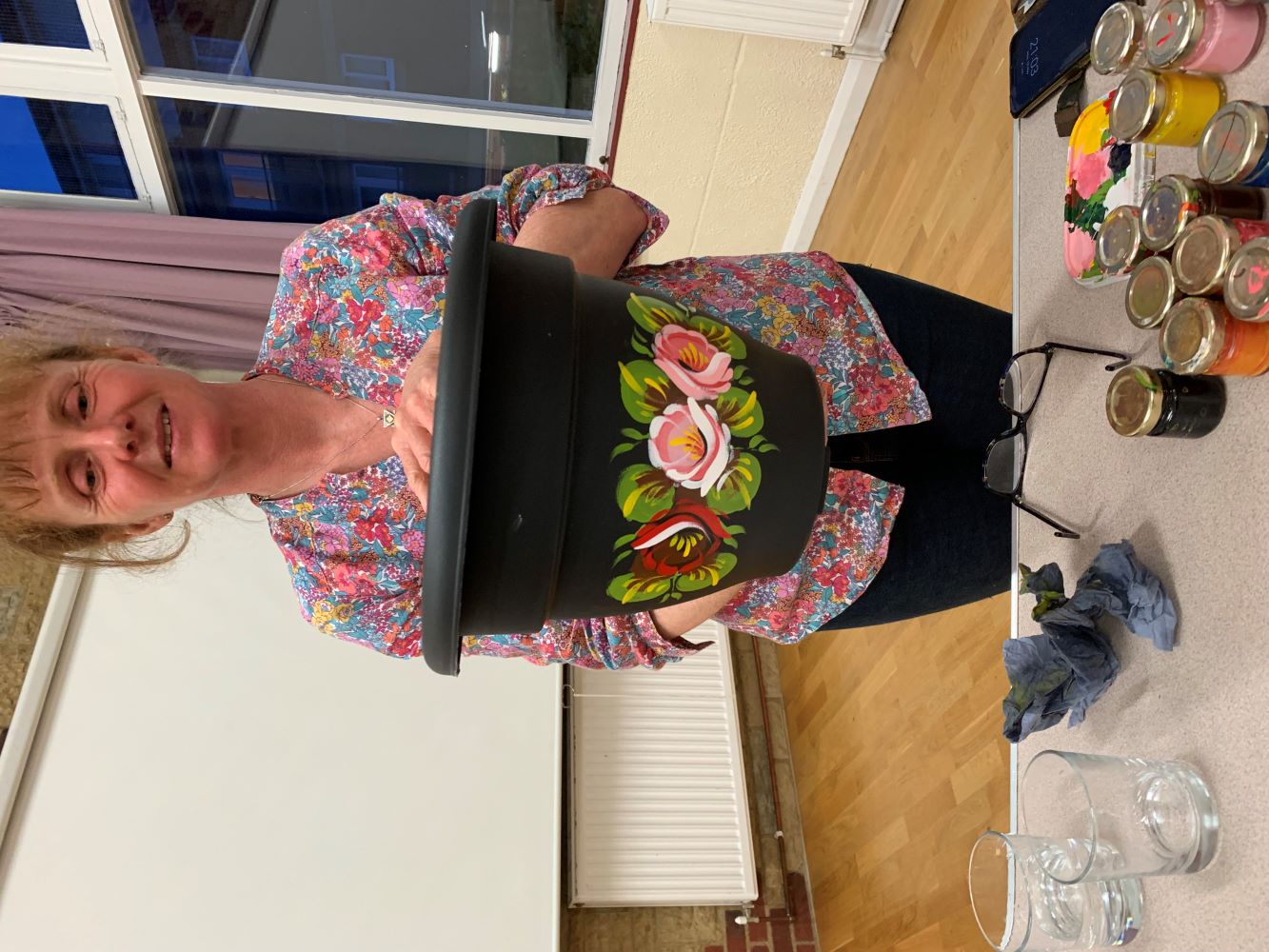
|
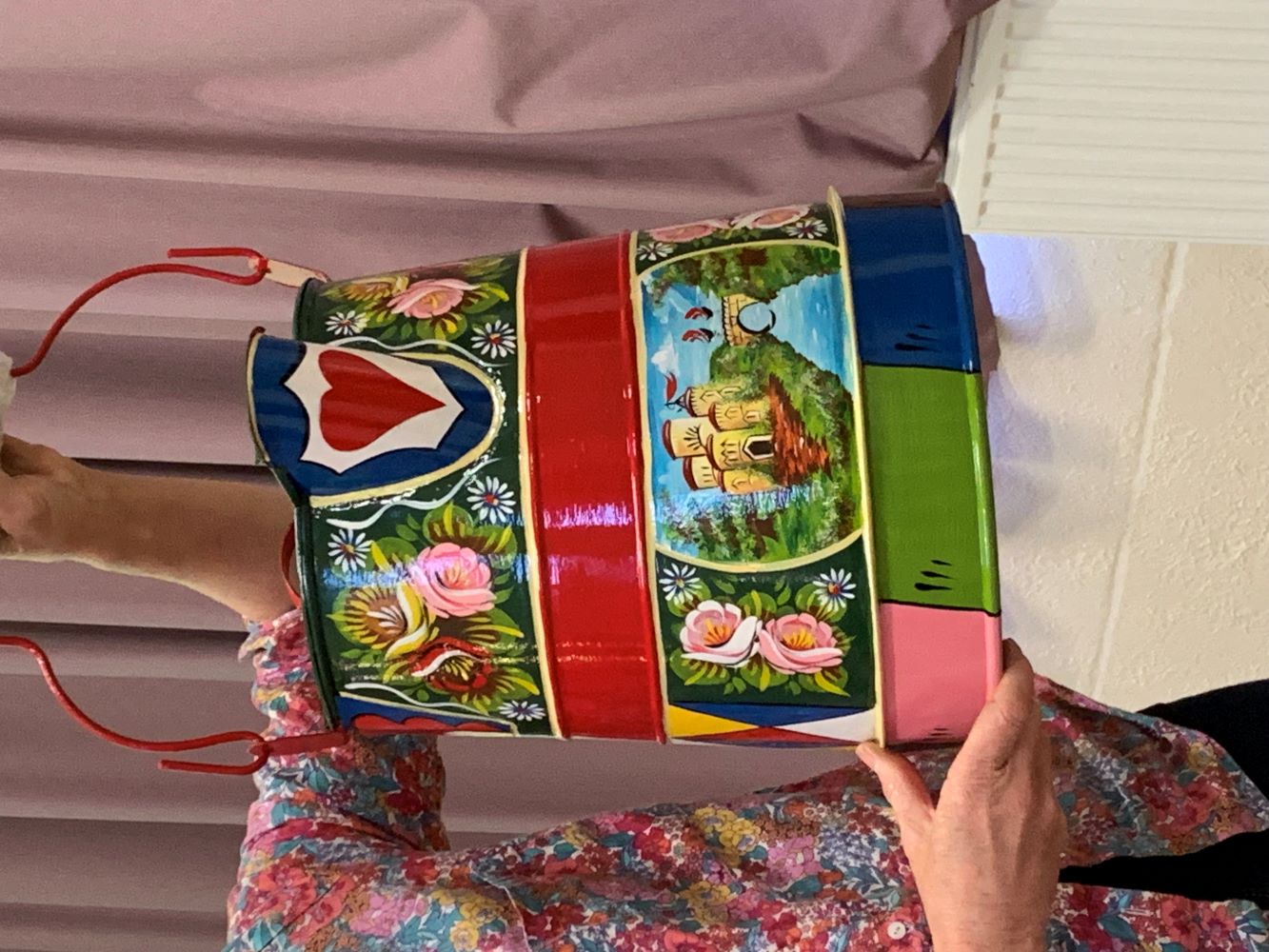 The demonstration Kay showed us, with effortless ease, how to paint three circles and turn them into an amazing piece of canal art. Each rose had a base colour for the rose to sit on, brown for a red rose, pink for a white rose, orange for a yellow rose and a deep pink for the more unusual pale pink rose. After adding some darker shades to the base she painted a few deft strokes to create petals. Even the leaves looked good having started as a green circle. A few sprigs of foliage and some white highlights completed the masterpiece; We were all inspired and impressed, thank you very much Kay for a fascinating evening |